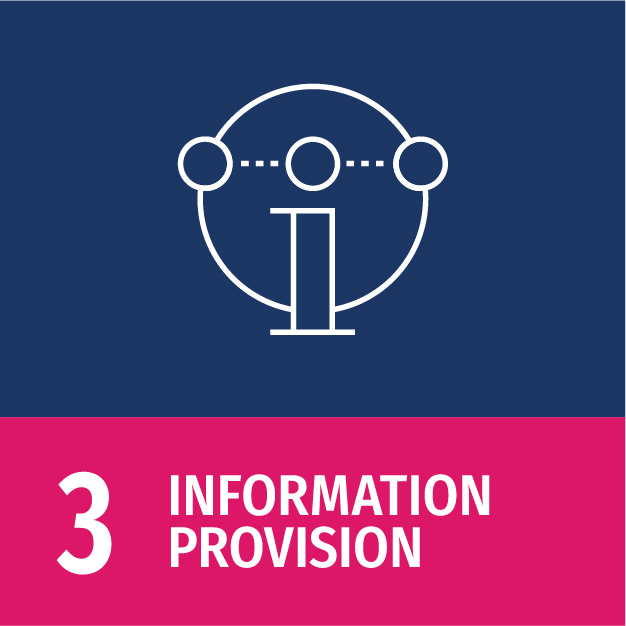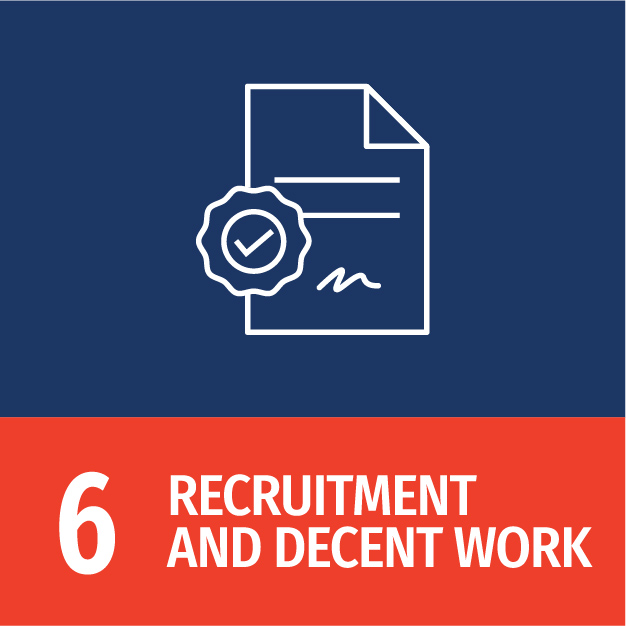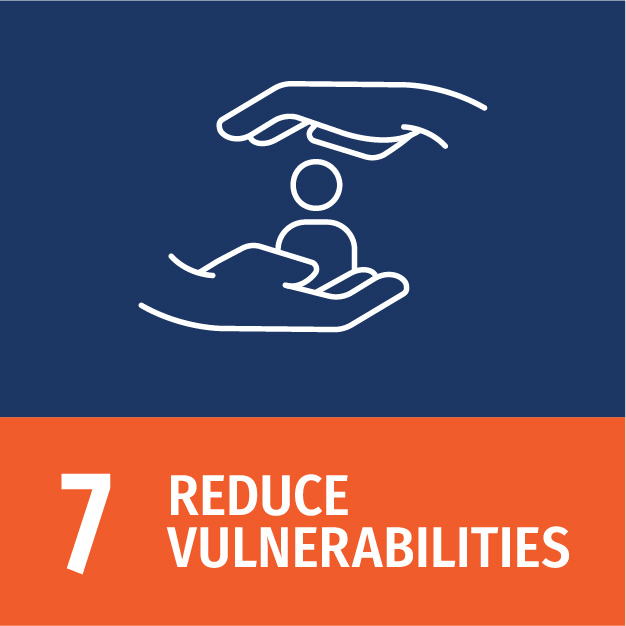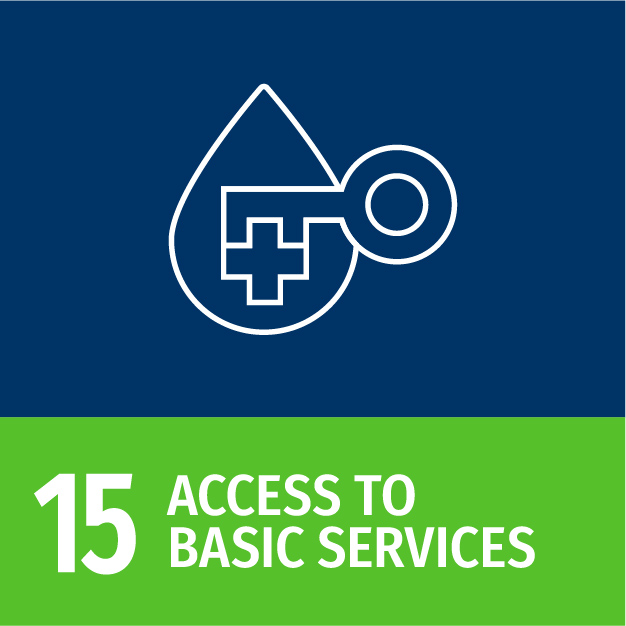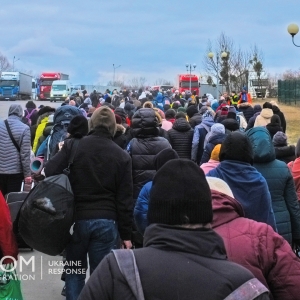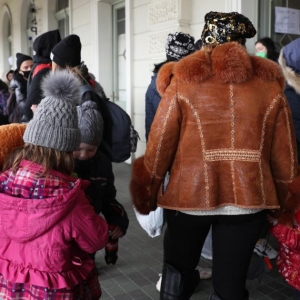
Social interactions in Mexico during the swine flu pandemic: Using mobile phone data to measure the effectiveness of human mobility regulations for reducing the virus spread
Summary
This research project of Telefónica Research measured social interactions and individual mobility patterns to study the outbreak of H1N1 in Mexico, using anonymized location data derived from call detail records (CDRs) of mobile network provider (MNOs). It carried out simulations that provide insights on the impact that government calls had on the mobility of individuals and the subsequent (reduced) spread of the H1N1 virus. This research project of 2011 is one of the first projects, using data that provides real-life information from mobile phone calls in a model that aims to understand disease spread by tracing human mobility.
Results
This pioneering research project of 2011 demonstrated that the analysed datasets provided insights that are valuable for the study of social networks and mobility patterns to better understand virus spreading. For instance, the simulations showed that the Mexican government calls for restricted mobility reduced the maximum number of people in Mexico infected with swine flu by 10% and postponed the peak of the pandemic by two days. Overall, this innovative data project proved how mobile phone data can be harnessed to inform and evaluate public health policies in the event of a pandemic. The approach can be replicated with other CDRs in other contexts, such for the case of monitoring the effectiveness of mobility restrictions related to the COVID-19 pandemic.
(Image: © Ana Marcela Cerdas Jiménez, IOM)

